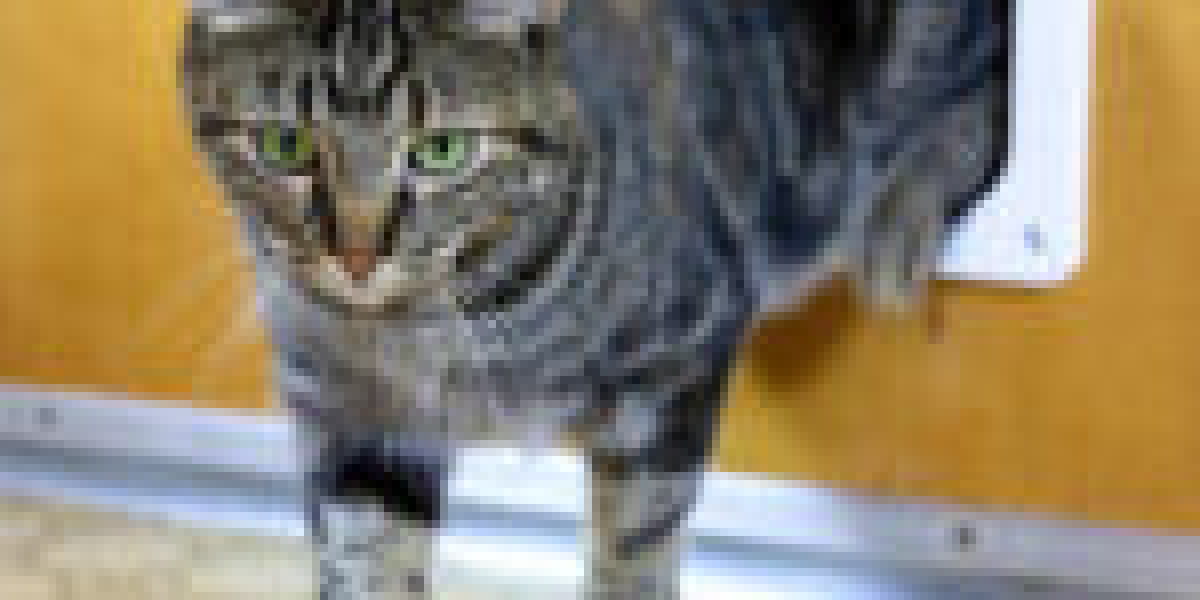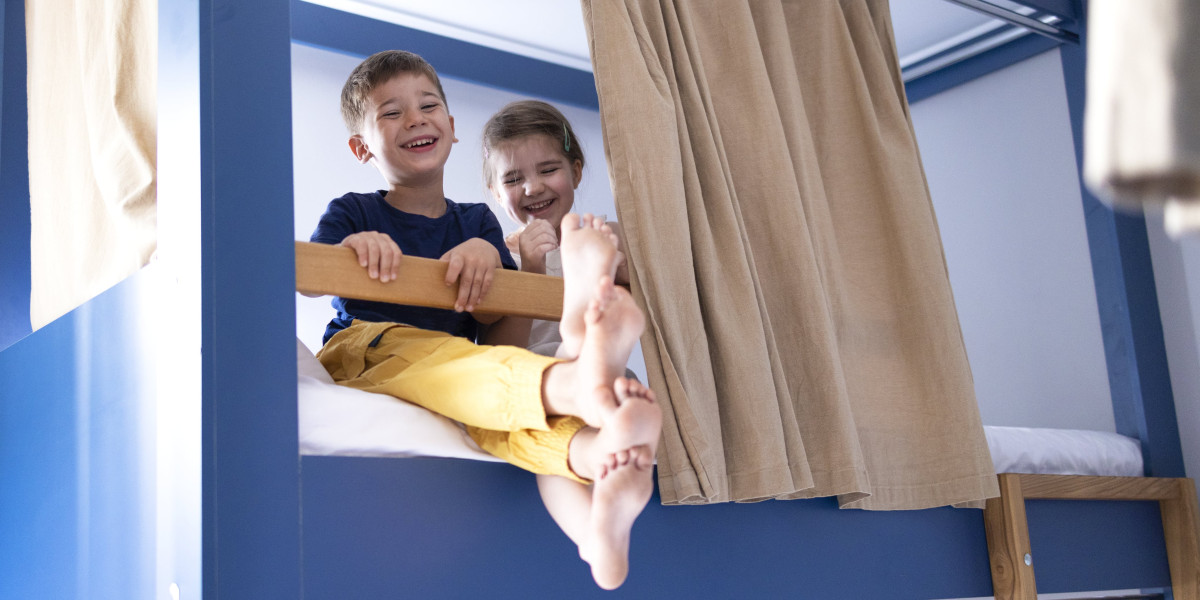The Purr-fect Fix: A Comprehensive Guide to cat guardian door installation Door Fixing
As any cat owner can testify, a cat door is a vital function in any feline-friendly home. It provides our whiskered friends with the freedom to come and go as they please, while likewise keeping undesirable animals out. Nevertheless, like any other home item, weatherproof cat flap installation doors can end up being broken or worn over time, needing some TLC to get them back in working order. In this post, we'll dig into the world of cat door fixing, exploring the common problems, DIY services, and expert tips to assist you keep your feline buddy's gateway in top condition.
Typical Issues with Cat Doors
Before we dive into the fixing part, it's necessary to comprehend the typical problems that can occur with cat doors. These consist of:
- Sticking or jamming: Over time, the door's hinges or rollers can end up being used out, triggering the door to stick or jam.
- Leaks: Gaps or cracks in the door or its frame can enable cold air, wetness, and even unwanted visitors to enter your home.
- Broken or harmed frames: Accidental scratches or knocks can harm the door's frame, jeopardizing its structural integrity.
- Malfunctioning locking systems: The locking system can end up being jammed or broken, rendering the door worthless.
- Damaged seals: The door's seals can end up being broken, allowing air to permeate through and minimizing the door's energy performance.
Do It Yourself Solutions for outdoor cat door installation Door Fixing
Thankfully, lots of cat door concerns can be solved with some fundamental DIY abilities and tools. Here are some detailed options for common problems:
- Sticking or jamming:
- Clean the door's hinges and rollers with a soft brush and some lubricant.
- Use some silicone-based lubricant to the hinges and rollers.
- If the door still sticks, attempt changing the hinges or replacing the rollers.
- Leakages:
- Inspect the door and its frame for gaps or cracks.
- Seal any spaces or fractures with weatherstripping or caulk.
- Change the door's seals if they're broken.
- Broken or damaged frames:
- Clean and check the frame for any damage.
- Use wood glue or a wood filler to repair any fractures or scratches.
- If the frame is significantly harmed, consider replacing it.
- Malfunctioning locking systems:
- Inspect the locking system for any obstructions or jamming.
- Clean the locking system with a soft brush and some lubricant.
- If the locking system is still faulty, consider replacing it.
- Damaged seals:
- Inspect the seals for any indications of wear or damage.
- Replace the seals with new ones, following the manufacturer's guidelines.
Expert Tips for Cat Door Fixing
While DIY solutions can be reliable, often it's necessary to contact the experts. Here are some expert tips for cat door fixing:
- Use the right tools: Invest in a good quality toolset, consisting of a screwdriver, pliers, and a wrench.
- Measure two times, cut once: Before making any repairs, verify your measurements to avoid any costly mistakes.
- Utilize the best cat flap installer products: Choose products that are long lasting and weather-resistant, such as stainless steel or PVC.
- Consider upgrading: If your cat door is old or out-of-date, think about upgrading to a more recent design with improved features and functionality.
Often Asked Questions
Q: How typically should I check my cat door?A: It's recommended to inspect your cat door every 6-12 months to capture any possible problems before they become major problems.
Q: Can I fix a cat door myself?A: Yes, many cat door issues can be fixed with some standard DIY skills and tools. However, if you're uncertain or uneasy with DIY repair work, it's best to consult a professional.
Q: What are the advantages of upgrading to a more recent cat door model?A: Newer cat door models frequently include improved features, such as much better insulation, improved security, and simpler cleaning.
Conclusion
Cat door fixing is a fairly simple process that can be accomplished with some fundamental DIY skills and tools. By understanding the typical concerns that can occur with cat doors and following the expert tips and DIY options laid out in this short article, you'll be well on your way to keeping your feline friend's entrance in top condition. Keep in mind to check your cat door routinely and think about upgrading to a more recent design if essential. With a little TLC, your cat door will continue to offer your feline friend with the flexibility and convenience they should have.
Extra Resources
- Cat door maintenance list:
- Inspect the door and its frame for any damage or wear.
- Tidy the door's hinges and rollers.
- Examine the locking system for any obstructions or jamming.
- Replace the door's seals if they're worn out.
- Recommended tools for cat door fixing:
- Screwdriver
- Pliers
- Wrench
- Weatherstripping or caulk
- Wood glue or wood filler
- Cat door www.Repairmywindowsanddoors.co.uk producers:
- PetSafe
- Cat Mate
- Staywell
- Perfect Pet Products
By following the tips and guidelines outlined in this article, you'll be well on your method to becoming a cat door fixing expert. Remember to always follow security precautions and seek advice from a professional if you're not sure or uneasy with any aspect of the process.









